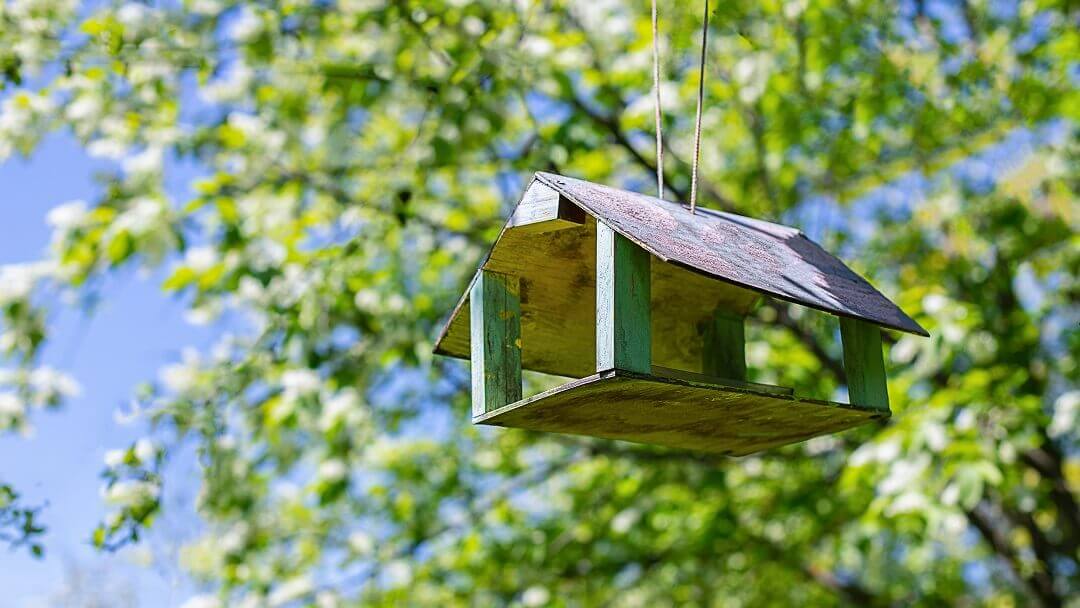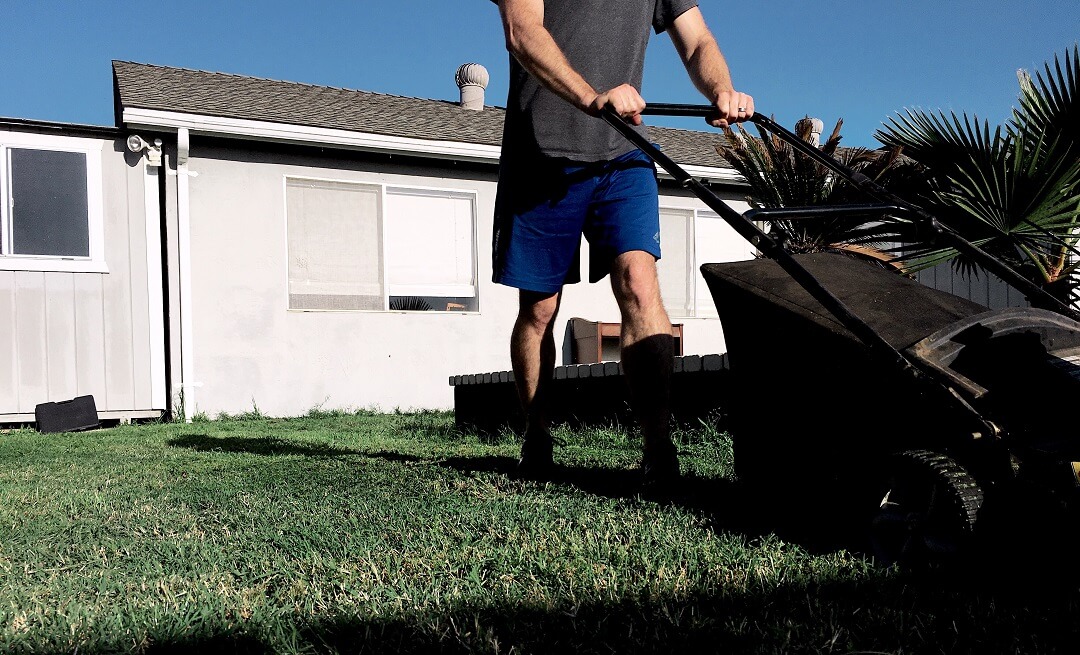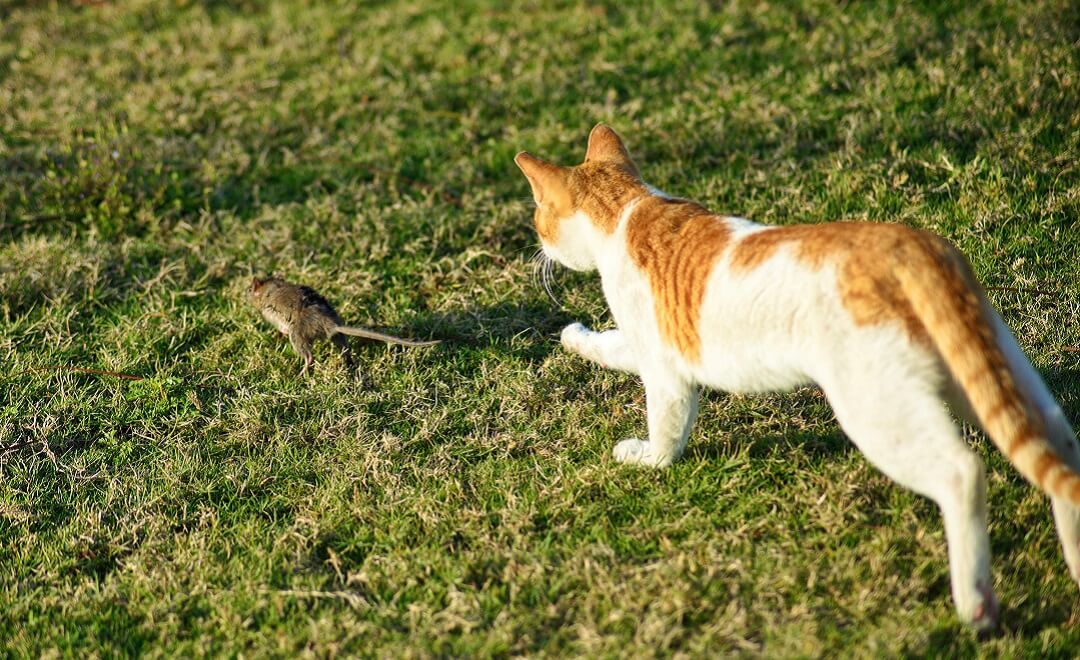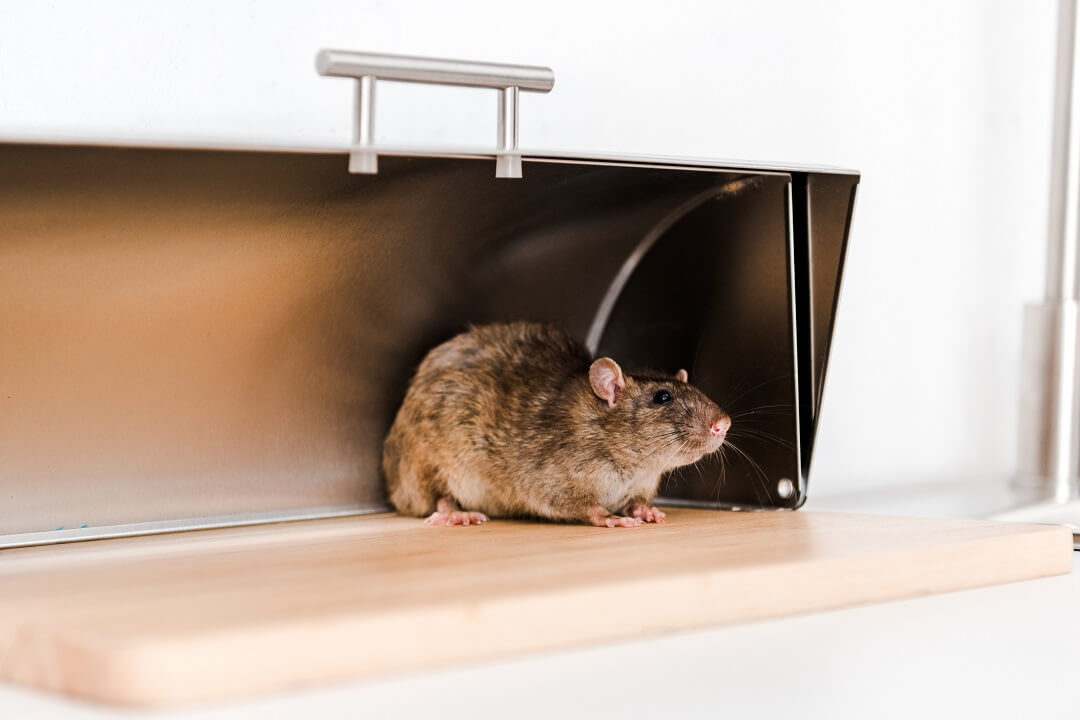If you have seen one mouse in your home, chances are he is not alone, and your home is in danger. Mice are destructive creatures that can chew through wiring, increasing your risk of fire, soil your insulation and spread germs and diseases, chew through walls and furniture, and invade your food storage, leaving droppings everywhere they go. But how do you mouse-proof your home and keep these pests from entering? Are there things you can do yourself that offer rodent control? Here we will show you how to make your house mouse-proof and keep these rodents from ever entering your personal space and causing damage.
Key takeaways
-
Seal and block all potential entry points to your home, including gutters, crawl spaces, doors, chimneys, patio doors, skylights, cracked walls, pipe insulation, outdoor vent covers, roof shingles, and windows.
-
Properly store food in sealed plastic or metal containers to prevent mice from accessing your pantry.
-
Routinely clean and sanitize your home, including vacuuming, to remove food debris and crumbs that can attract mice.
-
Keep garage doors closed to prevent mice from entering through this common entry point.
-
Consider hiring professional extermination services if you have a mouse infestation in your home.
How to make your house mouse-proof
If you have already seen signs of a mouse infestation, your first step is to eliminate the mice through traps, bait, or professional extermination. Once they are gone, you must take the steps necessary to keep them from returning. The key to this is to block all potential entry points throughout your home and address things in your yard that may attract these rodents in the first place.
1. Seal and block entry points
The number one preventative measure when it comes to mouse control is blocking all potential entry points to your home. Mice can enter through openings as small as ¼ inch in diameter, so even the smallest cracks and openings can become a potential doorway for a mouse to enter through. When sealing up your home, there are many different areas to concentrate on.
- Gutters: Loose gutters around your home can open up small spaces beneath the roof that are just the right size to allow mouse access. It is important to inspect your gutters and make sure they are flush with the home and there is no available space between them and the roof.
- Crawl spaces: Unfortunately, the crawl space beneath your home can often be a breeding ground for mice. If you have an access door to your crawl space inside the home, it is important to install a solid door that fits well and blocks all potential access into the home.
- Doors: If you have a wooden front or back door, it is a good idea to give them a thorough once over. The heat of the summer or regular exposure to elements can cause the wood to expand or contract and, over time, a door can settle into a different position in the frame, leaving small cracks above or below. You may need to reposition the door or install weatherstripping to seal any potential gaps and openings that a mouse could enter through.
- Chimneys: Mice can climb up and down just about anything, and your chimney is no different. Your chimney offers a wide-open door for mice to enter through and descend right on into your home. Installing a simple wire screen over the chimney top blocks the entry.
- Patio doors: If you routinely leave your patio door open with the screen door, any potential screen damage can create an opening for mice to enter. In addition, if the screen door does not close flush, it again creates another entry opportunity. Replacing the old screen in your patio door and clearing out the tracks to ensure the door closes smoothly will help block another point of entry.
- Skylights: The insulation and weatherstripping that surrounds your skylights can break down over time, creating potential access points for mice. It is important to inspect and replace this insulation and weatherstripping regularly to ensure that there are no gaps.
- Cracked walls: As a home settles over the years, cracks in the foundation are common. Unfortunately, even those small cracks can easily become a welcome sign for mice. Sealing up any cracks in the foundation or walls of your home eliminates these potential entry points.
- Check your pipe insulation: Pipes that run from the outdoors into the home are typically covered in insulation to block spaces and keep pipes from freezing in areas of cold temperatures. However, this insulation can break down over time, creating small gaps and points of entry for rodents. Checking this insulation regularly and replacing any potential wear will help to keep mice from making entry.
- Installing outdoor vent covers: A dryer exhaust pipe is an enticing entry point for a mouse, as well as a nice warm location for them to create a nest. Adding an inexpensive vent cover helps prevent entry into the exhaust and keeps your dryer vent clear.
- Check roof shingles: Missing, loose, or damaged roof shingles provide mice with access into your attic and into your home. Repairing these shingles will help seal off another entry point and help to prevent access.
- Mouse proofing windows: Cracks or deterioration in the weatherstripping and insulation around windows can create another potential entry point for mice into your home. Checking this insulation and weatherstripping on a routine basis can help prevent potential entry.

2. Proper food storage
Mice are always looking for a source of food and your pantry offers an overwhelming buffet for rodents if food is not stored correctly. Foods that come in bags or cardboard boxes are a prime target for rodents. Transferring these foods into sealed plastic or metal containers helps to create a rodent-free environment and put an end to the enticing buffet.
3. Routine cleaning and sanitization
Even the smallest food crumbs can become a regular meal source for mice. Routine cleaning of your home, including vacuuming, and sanitizing countertops to remove any food debris is important to do daily. And don’t forget to check common areas where crumbs can fall, such as under stoves, refrigerators, and dishwashers. In addition, make sure that all leftover food, including pet food, is put away at the end of the day.
4. Closing garage doors
While you may think nothing of leaving your garage door open while you work in the yard or as your kids enjoy the day on their bikes, that wide-open door creates an entry point for mice. Keeping your garage door closed will help keep the mice away. However, first, you need to check the weatherstripping on your garage door to make sure that when it does close, there are no gaps inviting mice to enter.

5. Alternative locations for bird feeders
While many people enjoy feeding and watching the birds in their yard, the falling birdseed can often invite unwanted guests, such as mice and rats. If you have a birdfeeder, it is important to move it as far away from your home as possible to reduce the risk of inviting mice to venture closer to your home.
6. Proper pet food storage
Rodents, such as mice, love dog and cat food just as much as your pets do. Unfortunately, those bags you bring home full of pet food are no match for the chewing power of mice, so you must transfer pet food into sealed storage containers as soon as you bring it home. In addition, pick up any remaining pet food at the end of the night and put it away so that mice are not attracted to the bowls while you sleep.
7. Sealing garbage cans
Whether inside or outside, open garbage cans attract rodents and pests of all shapes and sizes. You must have tight sealing lids on all garbage cans. If you leave cans outside, keep them as far away from your home as possible.

8. Landscaping maintenance
Creating a yard environment that does not attract rodents is your first line of defense. It is important to mow your lawn regularly to reduce the potential of hiding spaces. Keep shrubs or vegetation away from the foundation of the home as it can attract rodents and encourage access. If you have fruit trees, it is important to pick up and remove any fallen fruit as this creates a food source for rodents and pests.
9. Rodent traps and repellant placement
Setting up regular rodent traps throughout your home and yard can help catch the occasional offender before they invite friends. No-kill traps allow you to trap and relocate the offenders while spring-loaded traps and sticky traps are another options. Rodent bait is another way to try and kill the mice, however, these poisons can affect pets that come into contact with the bait or an infected rodent. Natural oil repellent, such as mint or eucalyptus sprays are another option to help keep the mice away.

10. Animal predators
If you have ever wanted to add a feline family member, not only will you get to enjoy their purring cuddles, but they will often help with keeping the mice away or eliminating them when they do make entry.
You don’t have to share your space with a mouse
Following these tips for mouse proofing can help you reduce the risk of a mouse or rodent infestation, allowing you to enjoy your home without any mice. If, however, the mice still manage to find their way in, the team at Insight Pest Management is here to help. Our expert technicians understand mouse behavior and will help you eradicate the pests while also looking for any potential entry points you may have missed in order to ensure the mice never return. To learn more about how we can help, schedule a free evaluation today.


